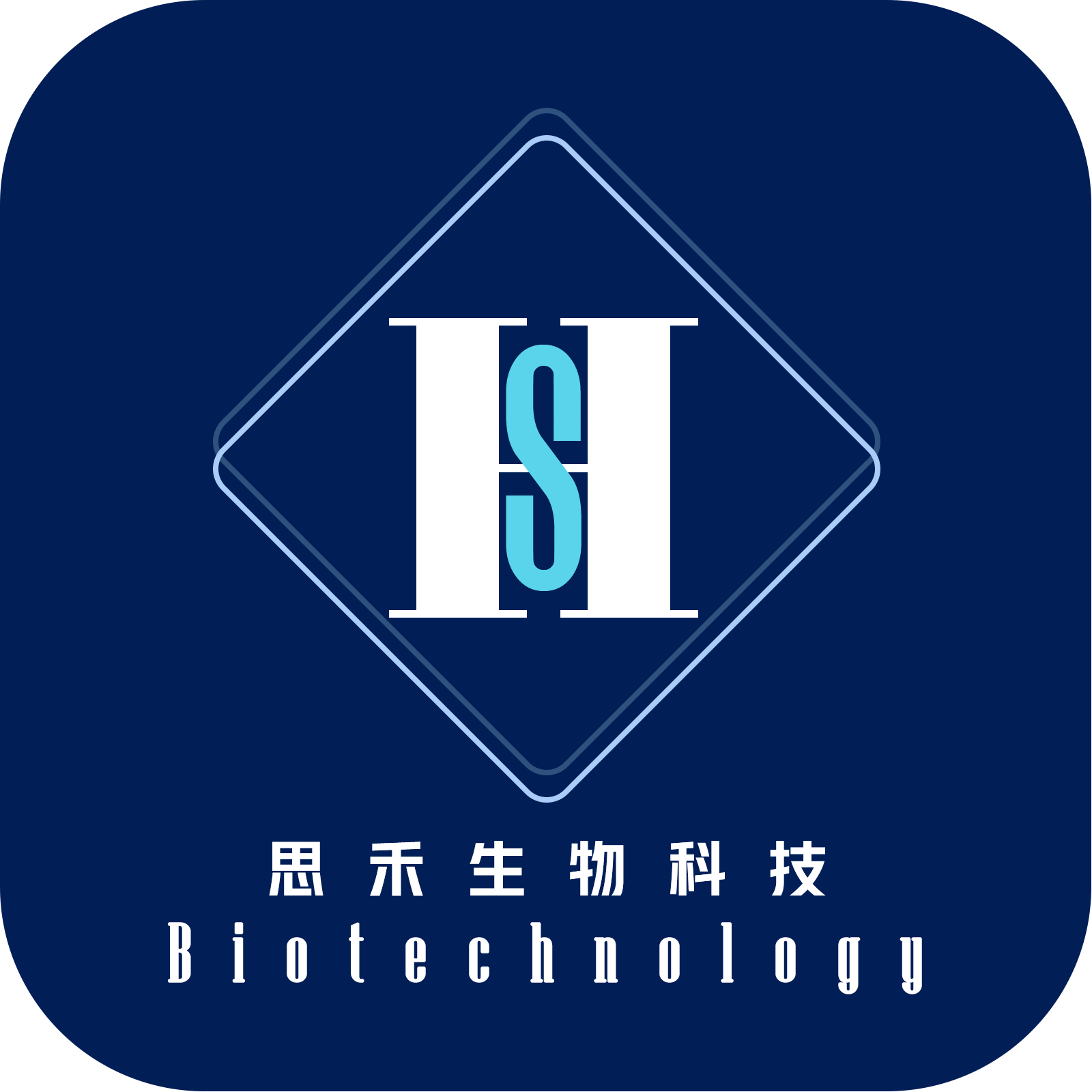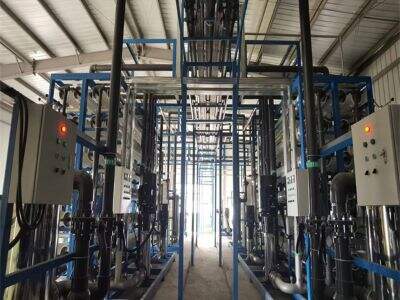Principles of RO as to energy efficiency how it works
Reverse osmosis is the process SIHE uses to extract salt and other impurities from sea water so that it can be used as drinking water. Definition of reverse osmosis:infographicInfographic by Jonathan Cox/Image Done In sea water treatment unit desalination which operates a sea water desalination plant using reverse osmosis, reverse osmosis is chosen over traditional distillation because:The technology uses lower energy The original process of boiling/filtering causes degradation in treated processed Reverse Osmosis | Reverse-Osmosis Info Years ago, the only way to eliminate contaminants was through distillation but this method is known for causing deterioration in treated materials. This process needs a lot of energy to force the water through that membrane, so it's key to know how we can turn our plant into the most energy efficient way
First things first, what does reverse osmosis even mean in the first place? It is as if there is a very fine sieve on top that lets the water molecules go through, but keeps all the salt and stuff back. This is basically what the membrane in our reverse osmosis system is designed to do. We push the sea water through it, the salt stays behind, and we have fresh drinking water on the other side of this membrane
Advanced technology using to control reduce the energy consumption at sea water desalination plant
Naani Corporation is constantly seeking how to be more energy efficient in our sea water desalination plant here at SIHE. That includes using more state of the art technology to turn off and use less energy
Such as, we have high-pressure filter unit pumps be more energy efficient, below forces that it takes to make seawater shielded by a membrane. Next to this, we use energy recovery systems which allows us to harvest the energy from brine (the concentrate salt water generated by the desalination process) and re-use it to power parts of the plant. Investing in these technologies allows us to lower our energy consumption overall, creating a more sustainable operation
We monitor and adjust the operating parameters of our sea water reverse osmosis plant to make certain that it is always running at its best energy efficiency. These include monitoring the pressures, flow rates and even quality of water to ensure that everything is working in order
If we keep an eye on these factors (I am referring to the graphic evidence), we will unlock and be able to find out what could potentially drain increase our energy use. We might, for example, misread that the pressure is too high and reduce it to a lower but still acceptable level without recognising our error and wasting energy. Continual monitoring and proactive responses allow us to consistently evaluate if our plant is running at its most efficient
Energy recovery systems in seawater desalination by reverse osmosis application to the power consumption minimization
We have systems that make us capable of recovering some part of energy in the sea water reverse osmosis plant and reduce our power consumption at start with dependent on these energy recovery systems based on the previous expression. The systems capture the energy in the brine and bundle it into relevant uses, for example powering additional parts of the plant, including high-pressure water treatment pumps
We need to save energy and our biggest consumers are usually also the ones offering our power recovery systems, so this is another way we can either use less power in general or live more off the grid using absolutely at all and do it sustainably. This reduces our respective carbon footprints and ultimately helps ensure a healthier planet for our kids, their kids
Performing routine maintenance and energy efficiency assessments for optimal desalination operations
Not only are we making use of revolutionary technology and energy recovery systems, but a key function to make certain maximum energy efficiency in our sea water reverse osmosis plant is thru everyday preservation and performance exams. What this as to do with our operations is simply to ensure that everything works properly: equipment running smooth and correct, addressed all malfunctions immediately
With our maintenance and performance checks, we stay on top of ensuring our plant operates as energy efficient as it can. This not only saves energy and money in the long term but also enables providing clean, safe drinking water to our community in the most sustainable manner
Therefore, realizing the principles of reverse osmosis and applying advanced technology, monitoring and controlling operational parameters, using energy recovery system and conducting routine maintenance and effective feedback controls, SIHE optimizes our sea water reverse osmosis plant energy efficiency. Energy efficiency in desalination helps us to reduce the cost of energy, operate in a more sustainable manner and leave a less of an impact on our environment for the future.
Table of Contents
- Principles of RO as to energy efficiency how it works
- Advanced technology using to control reduce the energy consumption at sea water desalination plant
- Energy recovery systems in seawater desalination by reverse osmosis application to the power consumption minimization
- Performing routine maintenance and energy efficiency assessments for optimal desalination operations

